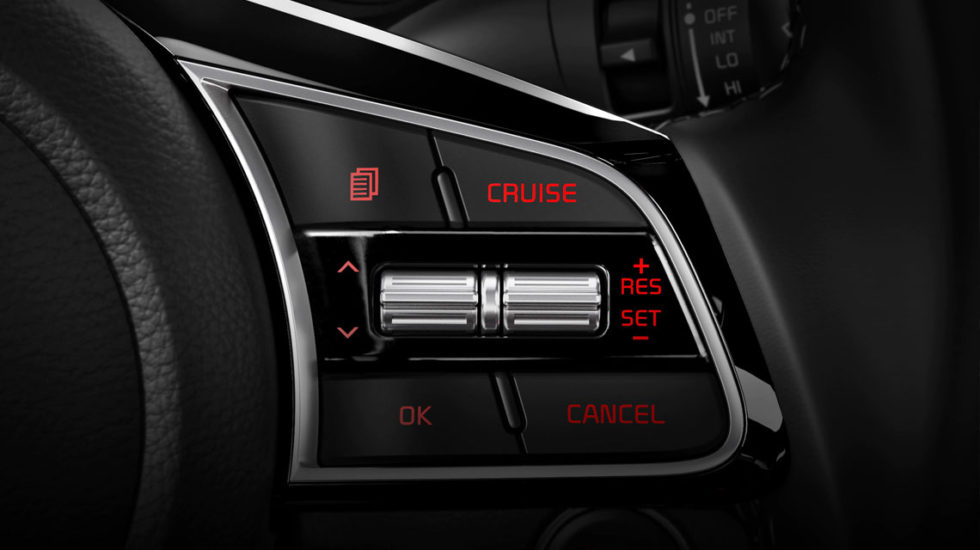Every driver wants the car to consume as little fuel as possible. Fuel economy is affected not only by driving style but also by the use of many additional features that improve driving comfort, so taking your foot off the gas pedal is not always enough to reduce fuel consumption.
Automakers claim that cruise control helps save fuel, but there are many nuances. Experts from the Indy Auto Man dealership share insights into economical driving and offer their rating of the most fuel-efficient cars on indyautoman.com.
Economical Driving: two answers to one question
On the one hand, economical driving is not that difficult – once we develop a few habits, we can achieve great results, for example, reduce fuel consumption and increase the distance that a car can go with a full tank. On the other hand, it is easy to get carried away and turn daily commutes into a fight for survival.
Even in the most economical SUVs, fuel consumption is also affected by the equipment, such as radio, audio system, lighting, etc. And this does not mean that we should also abandon them. It is much better to take care of the car, use its functions and systems wisely, and follow a few rules:
- Close all windows reducing air resistance;
- Remove unnecessary load from the trunk;
- Avoid full power and the lowest temperature of air conditioning;
- Monitor the tire pressure.
Dynamic driving increases fuel consumption, but this does not mean that we should crawl at low speed – it does not make sense. To increase fuel economy, it is enough to reach the desired speed and move at a fixed pace in an optimally selected gear. Or delegate this job to the cruise control system. But does this approach always work?
Does cruise control save fuel? Yes and no.
Cruise control, certainly, improves driving comfort, allowing the legs to rest even during short trips out of town. However, in a big city like Indianapolis, this function is unnecessary and, in some cases, even dangerous. But can it limit fuel consumption?
It all depends on the type of cruise control and the route, or more precisely, on the terrain, we are passing through. If the vehicle is equipped with basic cruise control, the driver may see a slightly reduced fuel consumption when driving on flat terrain with moderate traffic. The system will maintain a fixed speed without unnecessary acceleration, deceleration, etc. It can recognize even the slightest speed fluctuations and respond immediately, minimizing acceleration. During normal driving, the driver cannot maintain a fixed speed unless he constantly looks at the speedometer.
Cruise control will ensure speed stabilization and flawless engine operation without fluctuating load, which over a distance of hundreds of miles will lead to a certain difference in fuel consumption.
You can also add psychological factors to this. When using cruise control, we will not overtake too often, pressing the pedal to the floor, but drive in a relaxed way, even when the speed is slightly below the permissible limit. It sounds unusual, but in practice, it works. Instead of constantly overtaking other drivers, set the cruise control to a lower speed, relax and enjoy the ride.
When cruise control cuts fuel economy
It is quite another thing if we use traditional cruise control in slightly more varied terrain with more slopes, inclines, etc. They may not be very steep, but if such a road is about a dozen miles, using cruise control can lead to a significant increase in fuel consumption. When driving uphill, the system tries to maintain the set speed at all costs, even at the expense of full throttle, which requires more fuel. On the other hand, when going downhill, this feature may start using the brakes to limit acceleration. An experienced driver would prefer to behave more wisely in such conditions: accelerate to a slope, slow down when climbing, use engine braking when descending a hill, etc.
Cars with active cruise control, supplemented by satellite navigation, behave much better. In this case, the computer can predict inevitable changes in traffic parameters and respond quickly enough to them. For example, “noticing” the car in front, active cruise control smoothly reduces the speed and then accelerates to the set speed. In addition, when reading the navigation slope data, the vehicle downshifts earlier and drives along the section of the road without putting unnecessary pressure on the power plant.
Some cruise control models also come with a “drift” option, which can come in handy when going downhill using the brakes etc. On uneven terrain, these solutions give better results than traditional cruise control, but the driver’s predictions, intuition, and experience are still a guarantee of the best results.
So to use cruise control or not?
Cruise control becomes almost a lifesaver when driving on a high-speed road with little traffic. With it, even a short trip will be more comfortable. However, it is better to abandon system support in a mountainous area with a twisty and undulating motorway, even if the car is equipped with active cruise control. The same is true for the heavy city traffic of Indianapolis, which requires the driver to always be on guard, slow down, overtake, and accelerate.


